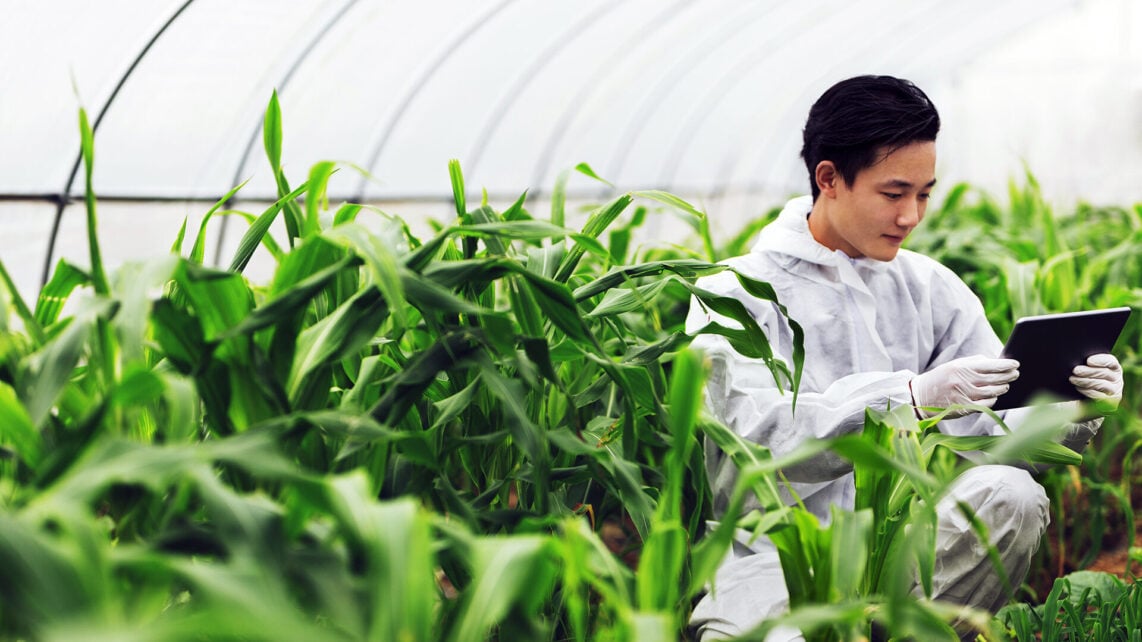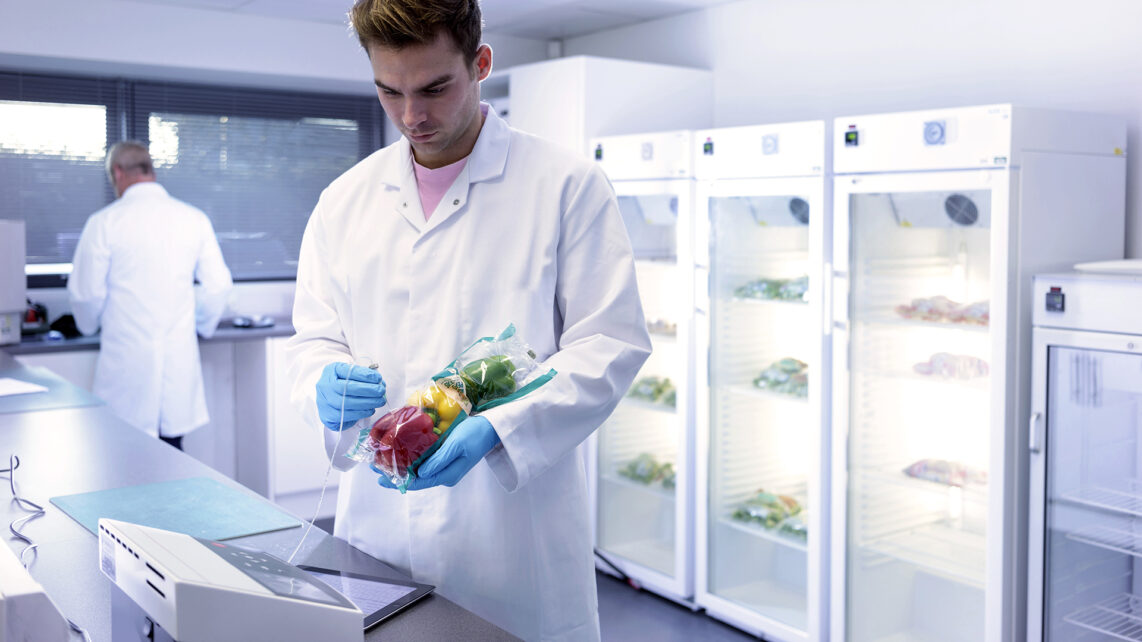Preparing Your Laboratory for the Food Traceability Final Rule
About a decade ago, the United States Congress enacted the Food Safety Modernization Act (FSMA), “in response to dramatic changes in the global food system and in our understanding of foodborne illness and its consequences, including the realisation that preventable foodborne illness is both a significant public health problem and a threat to the economic well-being of the food system.”
The FSMA aims to
In light of such food contamination episodes, Section 204 of the FSMA requires the FDA to designate foods for which additional recordkeeping requirements are deemed “appropriate and necessary to protect public health.” These requirements are outlined in the Food Traceability Final Rule, which allows for faster removal of potentially contaminated food from the market and thus preventing foodborne illnesses and potentiality of death.
The final rule is anticipated to be enforced by January 20, 2026, when any entity that manufactures, processes, packs or holds a food product on the Food Traceability List (FTL) must have a traceability plan in place. Although routine inspections will not commence until 2027, the food supply chain is preparing for the impact these additional requirements will have on their operations.
Preparing for the Food Traceability Final Rule
Food safety laboratories operating in the US and beyond are anticipating the need to implement extra measures to meet the requirements of the final rule which will lead to a significant increase in activity within their premises. The Final Rule encompasses both domestic and foreign firms producing food for U.S. consumption along the entire food supply chain, from farm to table.
The impact on food safety laboratories that support the food supply chain are extensive, particularly regarding compliance and response to foodborne illness outbreaks:
Expanded Testing
With the new rule requiring laboratories to have a traceability plan in place for food products on the Food Traceability List, labs will experience an increase in testing requests from suppliers of these items. The FTL includes items identified as frequent sources of foodborne illness outbreaks, such as leafy greens, sprouts and seafood.
Traceability Testing
Laboratories will likely assume a larger role in tracing contamination sources. These investigations aim to link test results to specific Traceability Lot Codes (TLCs). As traceability improves, laboratories will be able to focus on high-risk foods and suspect batches more effectively. Traceability leads to increased transparency and accountability in the food supply chain allowing companies to ascertain sources of potential outbreaks.
Data Integration
Central to the Final Rule is the requirement that “persons subject to the rule who manufacture, process, pack or hold foods on the FTL, maintain records containing Key Data Elements (KDEs) associated with specific Critical Tracking Events (CTEs).” Food safety laboratories data management systems will need to integrate with their client’s traceability records to help ensure seamless reporting of test results.
Compliance
Laboratories need to maintain end-to-end sample and data management security and traceability not only within their own facilities, but also when subcontracting specific tests to partner laboratories. Ensuring the safe transfer of samples and maintaining a continuous chain of custody tracking becomes even more critical now that additional supply chain partners will be required to meet the final rule requirements.
Turnaround Times
The Food Traceability rule requires laboratories to submit records with traceability information to the FDA within 24 hours or a reasonable agreed time. The goal of the 24-hour window is to enable rapid detection and response to outbreaks of foodborne illnesses; ideally, decreasing public health effects. Food safety laboratories already face pressure to speed up turnaround times. This window adds to the pressure for laboratories to produce accurate, reliable and swift testing.
Staff training
Laboratory staff must be trained on the new FSMA 204 requirements and how it impacts on their responsibilities. Investment in training is essential to properly align staff with the new final rule requirements.
Growth Impacts
Laboratories must be prepared to accommodate the new demands from producers, processors and distributors, whether it involves enhancing their expertise in traceability-enhanced testing or making investments in equipment, training and systems.
The right LIMS to assist in being rule-ready
Laboratory informatics solutions can ease the transition towards preparing for the Final Rule and for any of the rapidly changing international regulations and guidelines.
A robust Laboratory Information Management System (LIMS) should include:
Traceability
A robust Laboratory Information Management System (LIMS) should ensure that traceability information is maintained and shared within supply chains per the rule’s requirements. It is imperative that a LIMS should help maintain a comprehensive chain of custody throughout the laboratory.
Data Sharing and Integration
A LIMS should leverage interfacing capabilities to improve data sharing and communication between different instruments and systems, facilitating collaboration. Furthermore, through centrally configured and
Compliance
For compliance purposes, the LIMS should enable full traceability and audit. This is crucial not just for the Final Rule, but against the extensive range of National and International regulations, including those for healthcare, food quality, public safety, water quality and environmental requirements. The LIMS thus becomes an essential tool to help laboratories maintain audit readiness.
Turnaround times
Laboratories are tasked with tracking,
Build Trust in Food and Beverage Output
Clinisys Food & Beverage Laboratory™ is a future-focused LIMS that leverages automatic data capture throughout the testing process to increase efficiency, reduce human error and accelerate reporting. It can scale seamlessly to meet evolving demands, such as the Final Food Traceability Rule, with a flexible cloud-based SaaS deployment solution.
It offers the capabilities needed to help ensure safe and high-quality food products for consumers. It is one of the many discipline-specific offerings within Clinisys Laboratory Solution™, a configurable SaaS LIMS designed to drive digital transformation in the lab.
Food safety testing plays a crucial role in safeguarding public health, minimising economic losses and ensuring a sustainable and safe food supply. By serving labs that test and
Referenced sources
https://www.fda.gov/food/guidance-regulation-food-and-dietary-supplements/food-safety-modernization-act-fsma. Retrieved on February 06, 2025.
https://www.fda.gov/food/compliance-enforcement-food/economically-motivated-adulteration-food-fraud
https://www.fda.gov/food/food-safety-modernization-act-fsma/fsma-final-rule-requirements-additional-traceability-records-certain-foods
https://www.fda.gov/food/food-safety-modernization-act-fsma/food-traceability-list
https://www.ecfr.gov/current/title-21/chapter-I/subchapter-A/part-1/subpart-S/subject-group-ECFRe6c9096adb572d4
https://www.fda.gov/food/food-safety-modernization-act-fsma/traceability-lot-code
Related Content

Addressing Resource and Technology Challenges in Food Safety Laboratories
Increased regulatory requirements, together with demands for greater scale and speed of operations, create a challenging environment for food producers and the food testing industry who are tasked with guaranteeing the safe supply of food, from farm to fork.

Harnessing Data From Informatics Platforms To Boost Quality Management
Quality management is essential for food and beverage labs to deliver high-quality results and comply with the latest regulatory standards. Food safety testing is crucial to safeguarding public health, minimizing economic losses, and ensuring a sustainable and safe food supply.

How more testing labs than just food safety can reduce risk by adopting HACCP principles and risk-based thinking
Beyond food safety testing, laboratories of all types should consider using FDA HACCP approaches and risk-based thinking in daily operations to better mitigate risk and to comply with ISO/IEC 17025:2017.